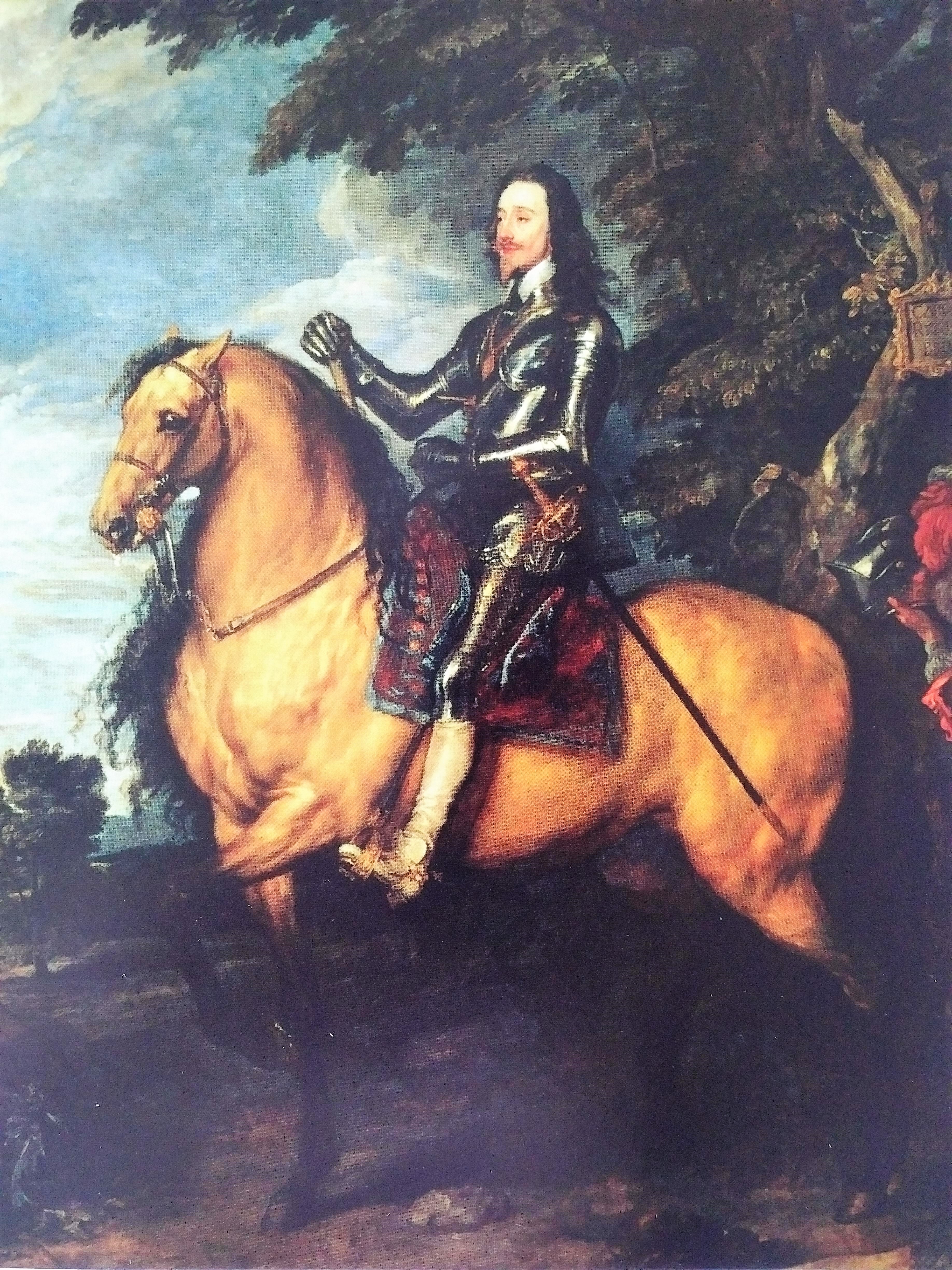
The painting above, by Anthony van Dyck. , depicts the English King Charles 1. Painted in 1637-38 it is a political statement more than a portrait. The horse is extraordinarily muscular in the chest and neck and has an extravagantly long mane. This dun (or buckskin) horse has a tiny head relative to the rest of his body. Van Dyck was certainly capable of painting something more realistic but he chose to paint the horse like this to depict a King who was powerful and in control of his country and his people. The horse however has a look of apprehension and unease. His ears are back, his eyes wide and his nostrils flared. Perhaps he knew something of the future that the King did not. Ten years after this painting was done King Charles 1 was beheaded by Oliver Cromwell during the English Civil War.
The painting below is from Japan and was done in ink and color on silk by Kano Motonobu (1476-1559) who was a leading Japanese artist of his time. Here is another impressive dun horse with a very prominent dorsal strip on its’ back. Riding the horse is the poet Sogi lio Sogizo (1421-1501). Here the spirited horse is ridden with ease by the wise poet whose face looks calm and almost meditative.

Artists’ renditions of two dun horses ; one from the West and one from the East. The dun or buckskin color is very popular today in the United States but is rare to nonexistent in the European Warmblood horses. It is found however in the Lusitano horses of Portugal and Spain.

Leave a Reply